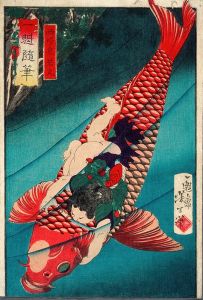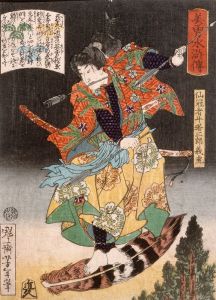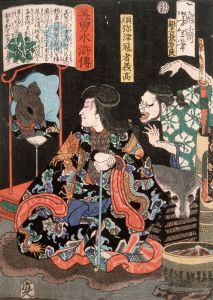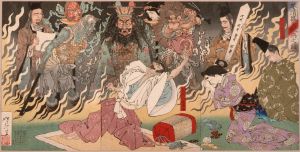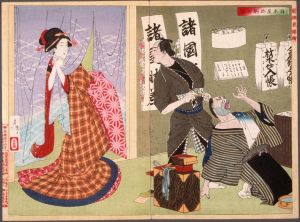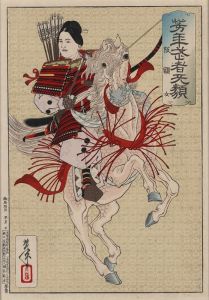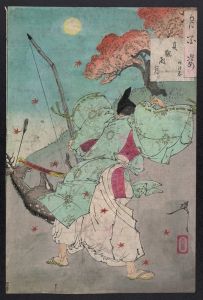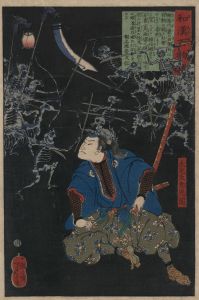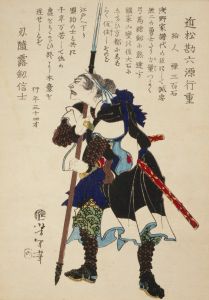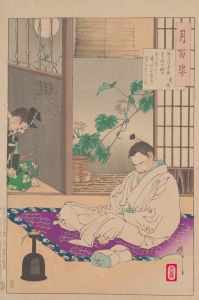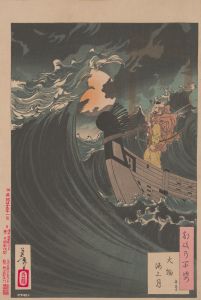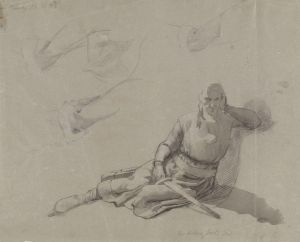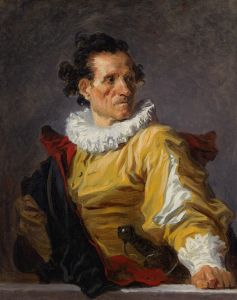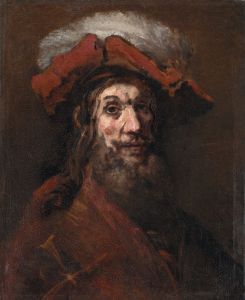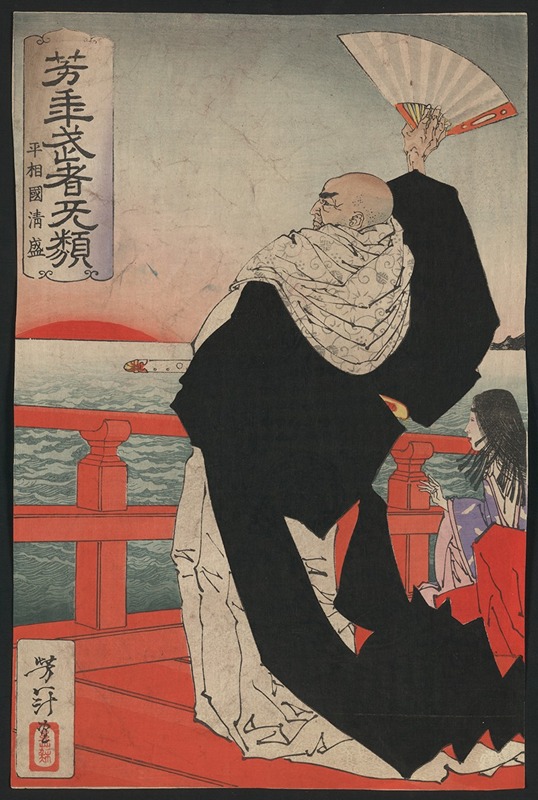
Heishōkoku Kiyomori
A hand-painted replica of Tsukioka Yoshitoshi’s masterpiece Heishōkoku Kiyomori, meticulously crafted by professional artists to capture the true essence of the original. Each piece is created with museum-quality canvas and rare mineral pigments, carefully painted by experienced artists with delicate brushstrokes and rich, layered colors to perfectly recreate the texture of the original artwork. Unlike machine-printed reproductions, this hand-painted version brings the painting to life, infused with the artist’s emotions and skill in every stroke. Whether for personal collection or home decoration, it instantly elevates the artistic atmosphere of any space.
Heishōkoku Kiyomori by Tsukioka Yoshitoshi is a notable work of art created by the renowned Japanese ukiyo-e artist Tsukioka Yoshitoshi. Yoshitoshi, who lived from 1839 to 1892, is celebrated for his contributions to the ukiyo-e genre, particularly during the late Edo and early Meiji periods. His works often reflect a deep engagement with historical and legendary themes, and he is known for his innovative use of color and composition.
The artwork Heishōkoku Kiyomori is part of Yoshitoshi's series "New Forms of Thirty-Six Ghosts" (Shinkei Sanjūrokkaisen), which was published between 1889 and 1892. This series is one of Yoshitoshi's most famous and is characterized by its exploration of supernatural themes, drawing on Japanese folklore, history, and literature. Each print in the series depicts a ghostly or supernatural scene, often involving historical or legendary figures.
Heishōkoku Kiyomori specifically portrays Taira no Kiyomori, a prominent historical figure from the late Heian period of Japan. Kiyomori was the head of the Taira clan and played a crucial role in the Genpei War, which ultimately led to the establishment of the first shogunate in Japan. He is a complex figure in Japanese history, often depicted as both a powerful leader and a tyrannical ruler.
In Yoshitoshi's depiction, Kiyomori is shown in a dramatic and supernatural context, consistent with the themes of the series. The print captures the moment when Kiyomori, tormented by visions of his enemies, is haunted by the spirits of those he wronged. This portrayal aligns with the traditional narrative of Kiyomori's later life, where he is said to have been plagued by feverish hallucinations and ghostly apparitions as a form of karmic retribution for his ruthless actions.
Yoshitoshi's artistic style in this work is marked by his use of vivid colors and dynamic composition, which effectively convey the eerie and unsettling atmosphere of the scene. The attention to detail in the depiction of Kiyomori's expression and posture adds to the intensity of the print, highlighting Yoshitoshi's skill in capturing complex emotional states.
Heishōkoku Kiyomori, like many of Yoshitoshi's works, reflects the artist's fascination with the interplay between the human and supernatural worlds. It also demonstrates his ability to blend traditional Japanese artistic techniques with a modern sensibility, making his work appealing to both contemporary audiences and those interested in classical themes.
Overall, Heishōkoku Kiyomori is a significant example of Yoshitoshi's late work, showcasing his mastery of the ukiyo-e form and his enduring interest in the themes of history, legend, and the supernatural. The print remains an important piece within the context of Japanese art history, illustrating the cultural and artistic transitions occurring during Yoshitoshi's lifetime.





